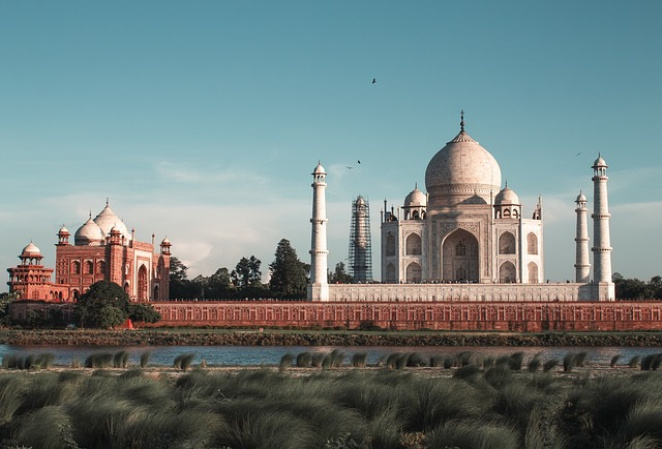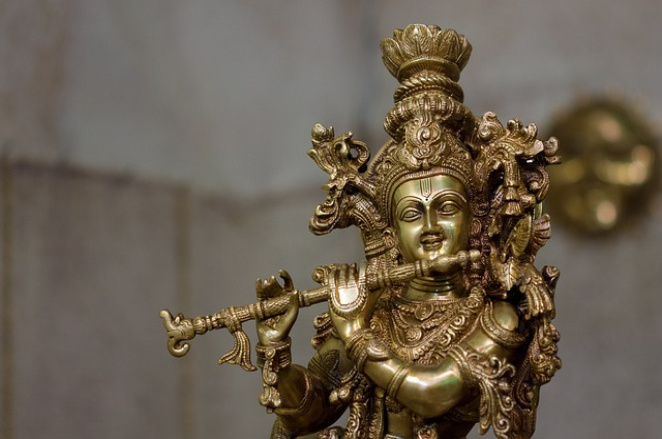India’s Spiritual Heritage – From the Beginning to the Present
India’s Spiritual Heritage – From the Beginning to the Present
India’s Spiritual Heritage – From the Beginning to the Present
When I first set foot on the land of diverse India, the first thing that struck me was the spirit of the place. An aura that has spoken of spirituality since ancient times, shedding light on the deeper questions of life. India, located in South Asia, is the cradle of spiritual heritage, not just a geographical place, but also an idea in which ancient traditions and the modern homeland are intertwined.
India’s spiritual heritage dates back to the time of the Vedas, whose chronicles have represented the desire to discover the human soul for more than three millennia. As the foundational works of Hinduism, the Vedas convey not only religious teachings, but also a universal truth: the world is a single, interconnected system, where every soul is part of a greater whole.

India’s history is extremely diverse, and since ancient times, different ethnic groups have lived on its territory. The earliest known peoples were:
Aboriginal tribes – The first inhabitants of the Indian subcontinent had been present since the Paleolithic period and were probably of the Australoid type. Modern-day aboriginal tribes such as the Gonds, Bhils, Santals and Jarawas are partly descended from these early peoples.
Dravidians – The origins of the Dravidian peoples are uncertain, but they were probably present in northern India as early as the Indus Valley Civilization (3300–1300 BCE) before gradually being pushed into southern India. Their language belongs to the Dravidian language family, the best-known modern representatives of which are Tamil, Telugu, Kannada and Malayalam.
Indo-European (Aryan) peoples – Aryans (Indo-Aryan peoples) who arrived from the northwest around 1500 BCE gradually pushed into northern India. They brought with them the Sanskrit language and the Vedic religious traditions that became the basis of Hinduism.
Tibeto-Burman peoples – Peoples who speak Tibeto-Burman languages have lived and still live in the northeastern part of India, in the Himalayan region and in Assam, such as the Nagas, Bodos and Lepchas.
Mon-Khmer and other Austronesian peoples – Peoples belonging to the Mon-Khmer language family or the Austronesian language family lived in the eastern part of the Indian subcontinent, mainly in the border region of present-day Bangladesh and Myanmar.
These peoples have mixed over the centuries, thus developing the ethnic and linguistic diversity of India today.
As we have progressed through India’s turbulent history over the years, new and new spiritual trends have emerged. Buddhism, which is based on the teachings of Gautama Buddha, also has Indian roots. This tradition teaches us that the true purpose of life is to discover inner peace. The integration of yoga and meditation into everyday life has also helped India become a leading center of spirituality.

While looking back on the past, it is important to mention the many different religious traditions that have all contributed to the spiritual treasures. Sikhism, Jainism, and various folk religions have all contributed to enriching India’s religious and spiritual palette, in which respect, love, and spiritual development play key roles.
Today, as the world beyond the walls of my home becomes increasingly globalized, India’s spiritual heritage emerges with particular poignancy. People come from all over to experience the magic of this rich culture. India’s ashrams, meditation centers, and spiritual events are flourishing, many seeking inner harmony, happiness, and self-knowledge.
India still holds the treasures of its spiritual heritage today, and encourages all who are ready to explore the deeper dimensions of life. As I learned in my homeland, many others will experience this captivating journey. Indian spirituality is not just a two-dimensional thing, but a dialogue of the soul with the universe that knows no boundaries.
My journey into the heart of India has confirmed that the process of spirituality is never-ending. We are all on a journey of learning and growth as we discover the amazing spiritual heritage of this beautiful country. As we walk beneath the red earthen terraces, meditate, and live our daily lives following the teachings of the Vedas, India’s heritage is constantly being renewed, and we ourselves become part of this wonderful story.
